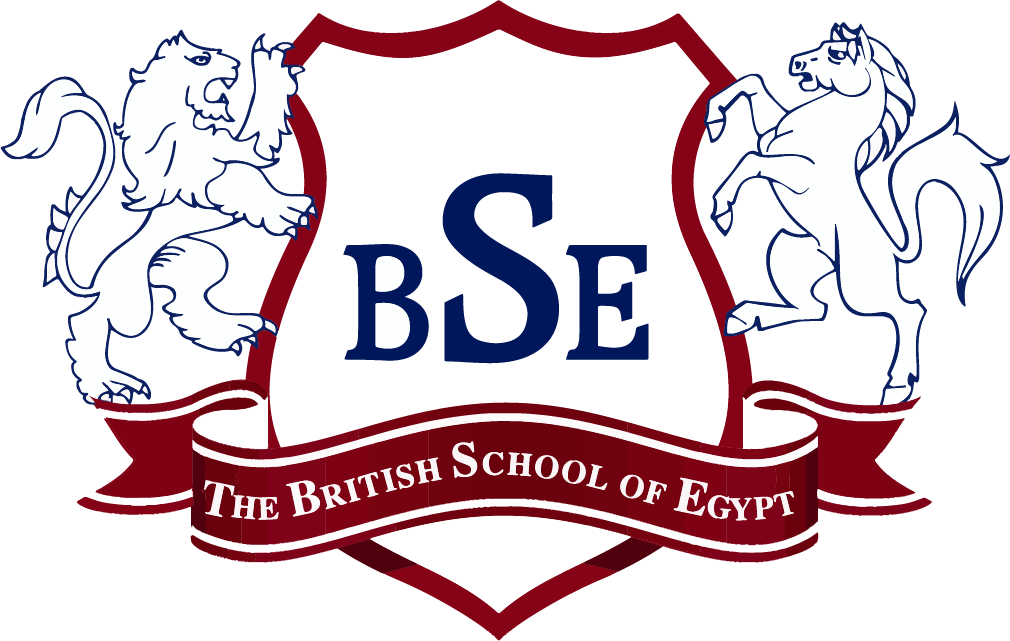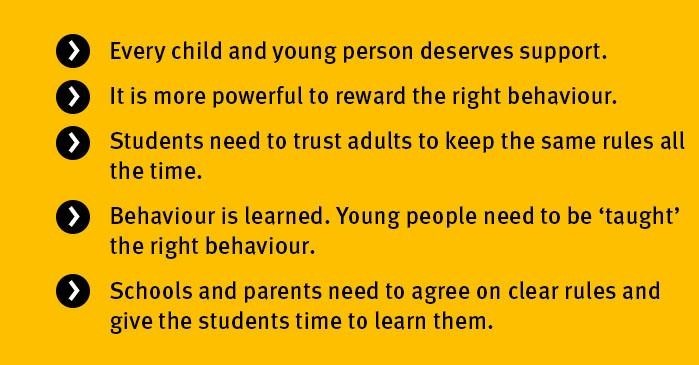Teachers are encouraged to have between three and five rules in the classroom and to discuss them with students, including what each rule looks like and sounds like. The rules are displayed where the students can see them and are used to teach students the social and emotional skills they need to succeed at school.
Communicating positive behaviours
We use as many ways as possible in and outside the classroom to communicate the positive behaviours we expect. This includes posters in classrooms and corridors, discussions about positive behaviours in school assemblies, reminders on school signs and notice boards, and information about the positive behaviours in school newsletters.
Recognising positive behaviours
Teachers and school staff are encouraged to praise good behaviour. They might show their appreciation by:
- giving high fives or a thumbs up
- providing specific praise
- awarding house points
- allowing access to a preferred activity
- earning special privileges
- giving time with preferred adults or peers.
What happens when a student does not behave in a positive way?
Because we know that behaviour is learned, both parents and schools need to teach young people the skills they need, and give them positive feedback when they do the right thing. A small number of students will need some one-on-one support to help them learn the social and emotional skills they need. Generally, classroom teachers will provide feedback in private, in a calm way, and by being clear about the kind of positive behaviour they would like to see.
How do we know it works?
This positive approach to behaviour support leads to higher engagement among students, lower numbers of behaviour incidents, and higher school attendance. All of this helps create a safe and supportive learning environment for kids.
Schools and parents working together
The PBL approach brings together teachers, staff, students, and parents to develop a positive, safe and supportive learning environment. Everyone benefits when schools and parents engage in a positive and respectful way to support students.




